PsychNewsDaily Publishers
100 Summit Drive
Burlington, MA, 01803
Telephone: (320) 349-2484
PsychNewsDaily Publishers
100 Summit Drive
Burlington, MA, 01803
Telephone: (320) 349-2484
South Dakota offers accessible mental health support through community centers, state-funded programs, crisis hotlines, and peer resources for individuals facing mental health challenges.
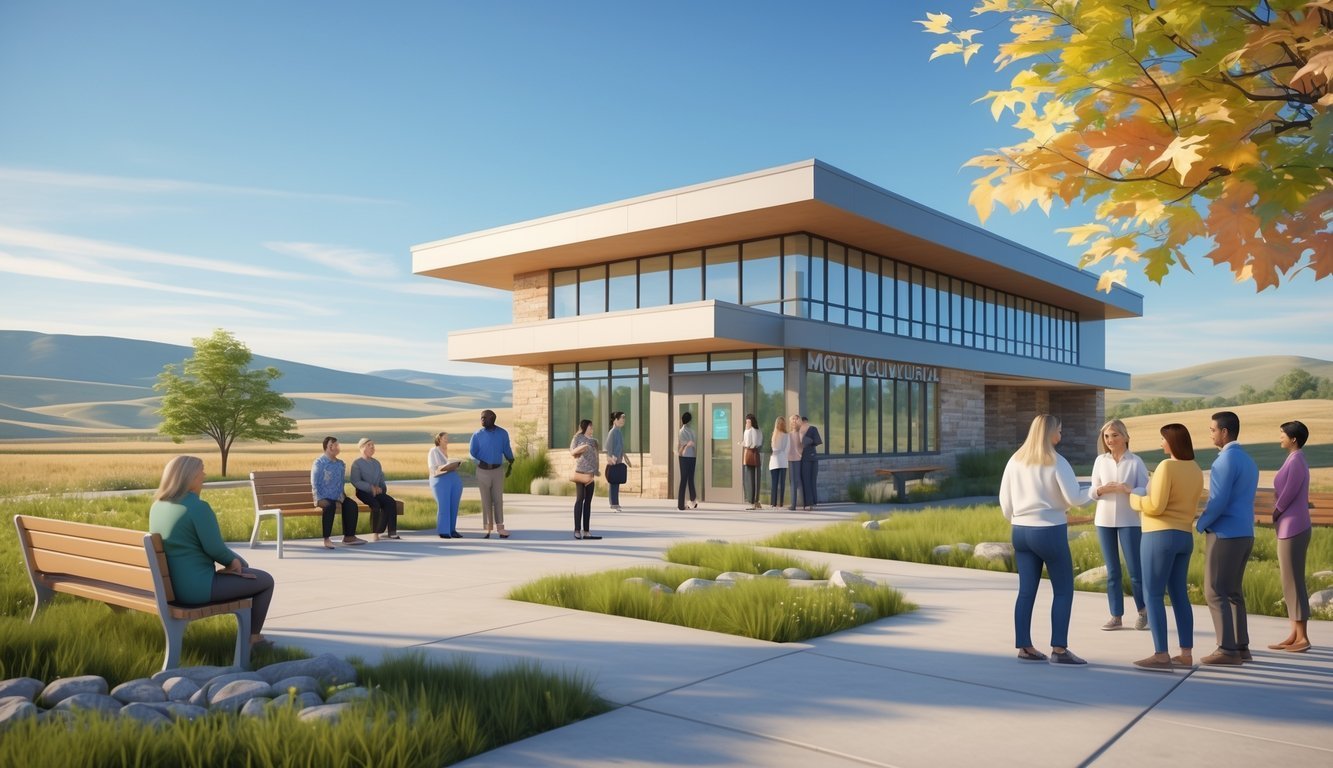
Looking for mental health support in South Dakota shouldn’t leave you stressed about money. Lots of folks deal with anxiety, depression, and other mental health struggles, but the cost of care can feel overwhelming.
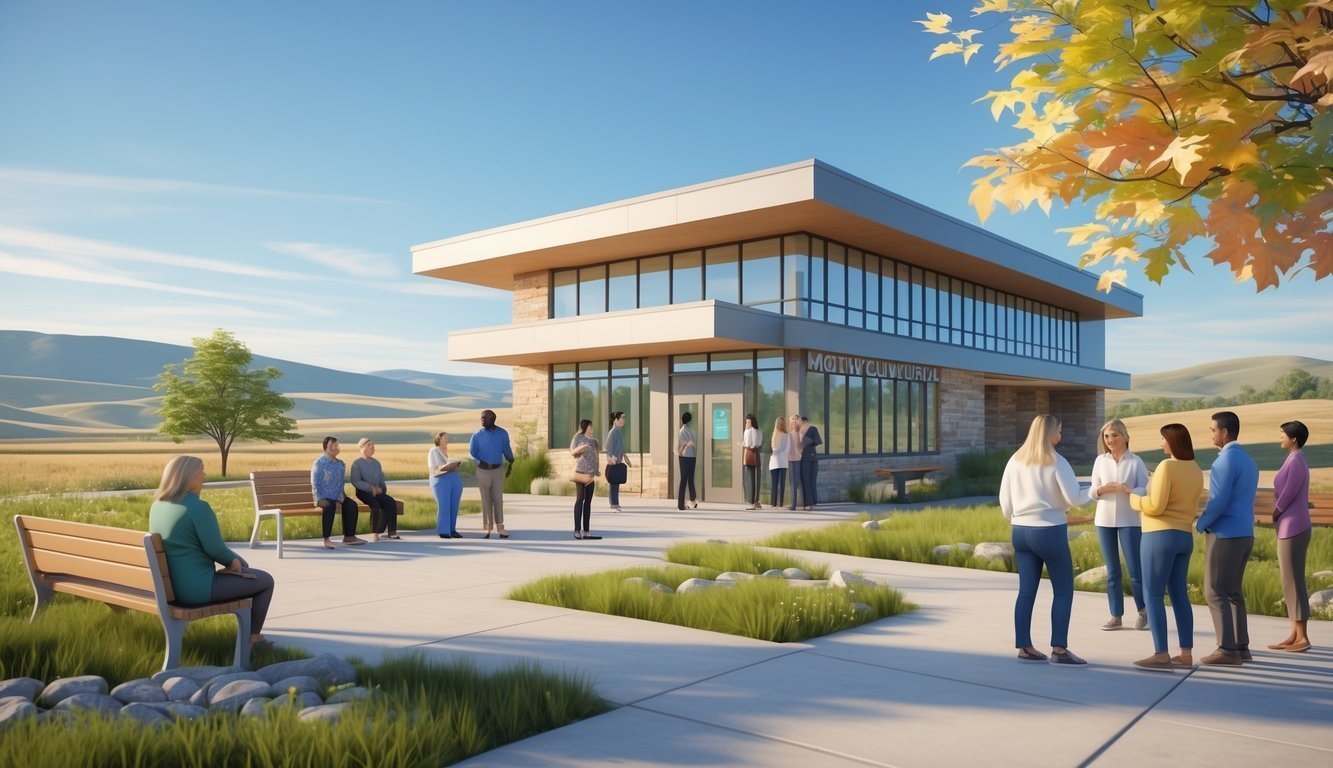
The South Dakota Department of Health shares a map showing mental health, drug, and alcohol programs in every county. These programs offer free or low-cost help, from counseling to group therapy and crisis intervention.
You’ve got several ways to find care in South Dakota. State-funded programs, community health centers, and services for both mental health and substance use are all available.
Knowing your options and what you qualify for can make it easier to get the right support for your needs and budget.
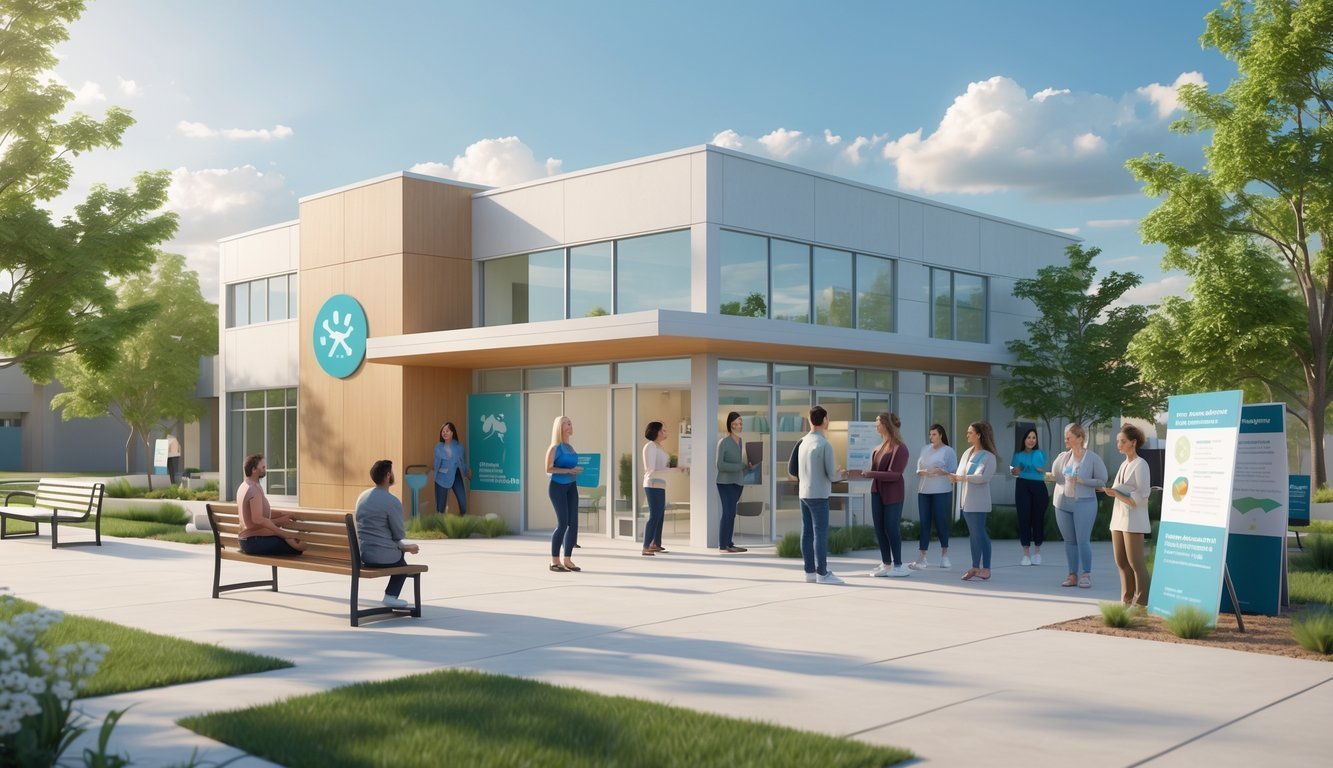
South Dakota has a variety of free mental health services that help people get care without worrying about money. Community centers, hospital programs, crisis hotlines, and peer-led groups all play a part.
Community mental health centers are the main way people get free behavioral health care in South Dakota. These centers offer therapy, counseling, and psychiatric services.
Most centers use a sliding fee scale based on your income. If you meet certain requirements, you might get services at no cost.
You’ll find services like:
These centers support both mental health and recovery. They often team up with local agencies to help with housing, jobs, and social needs.
Many centers let you walk in for urgent help. You can also set up regular appointments for ongoing support.
Outpatient services let you get mental health treatment while living at home. This works well if you have a job or family to care for.
Common outpatient choices include:
Inpatient care means you stay in a hospital with 24-hour support. This is for people facing serious mental health crises or needing extra stabilization.
Student health services at universities often offer free mental health appointments for students. Counseling and psychiatric care usually come as part of your student fees.
Hospital emergency rooms can help right away during a mental health emergency. Many hospitals have psychiatric units for short-term inpatient care.
Crisis hotlines give you support any time, day or night. The national 988 Suicide and Crisis Lifeline connects you with trained counselors during emergencies.
Emergency mental health help is available 24/7 through the 988 crisis line. This service is free and confidential.
Mobile crisis teams can come to you in your community. These teams include mental health pros who can assess and help on the spot.
Crisis intervention services help calm things down and connect you to follow-up care.
Many crisis services let you text or chat online if calling feels hard. That way, you’ve got choices for getting help fast.
Peer support groups bring together people with similar mental health experiences. You get emotional support and advice from folks who’ve been there.
Support group types include:
Peer support specialists have lived through mental health challenges and now help others find their way. They share tips from their own recovery journeys.
Free and low-cost behavioral health resources often include peer navigators who guide you to the right care. These navigators know the ins and outs of insurance and affordable options.
Support groups often meet at community centers, libraries, or churches. If you’re in a rural area or can’t travel, online groups are another option.
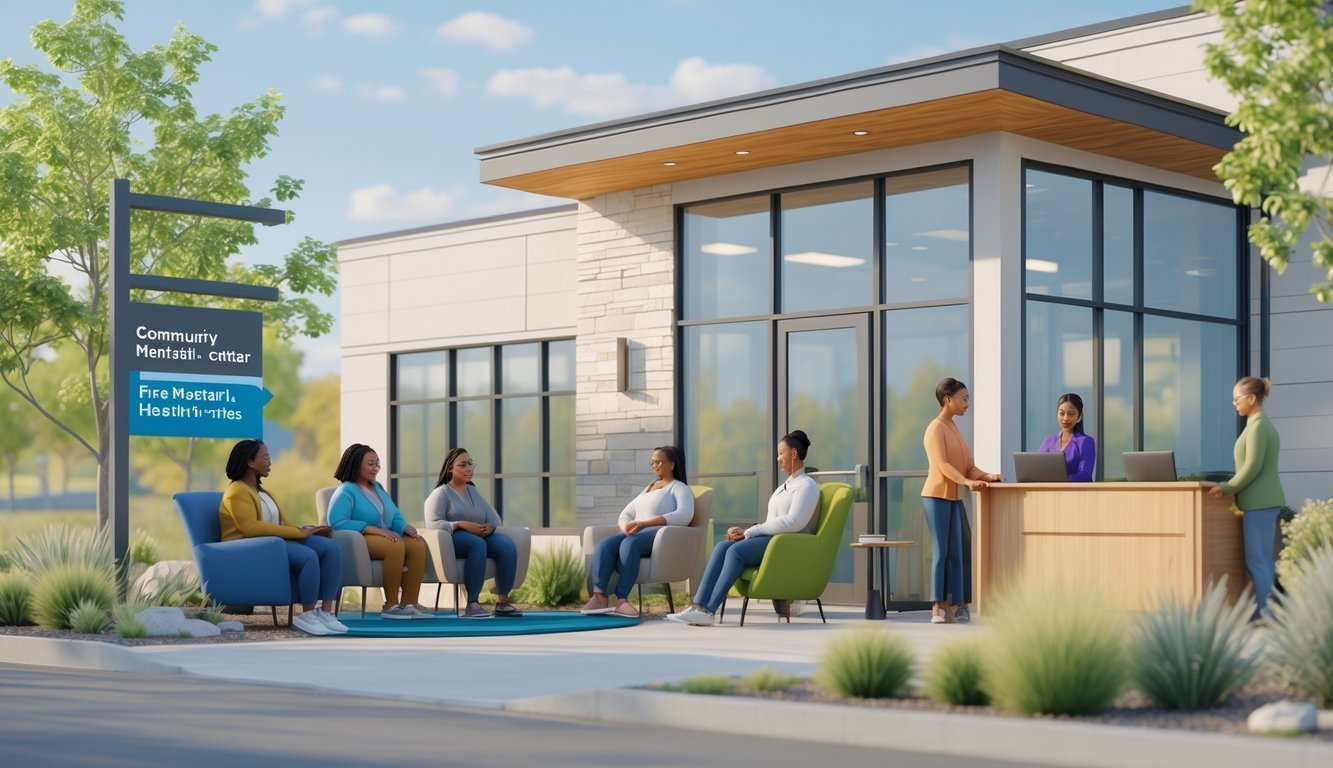
South Dakota runs Human Services Centers across the state, offering full mental health treatment. The South Dakota Department of Health keeps a county-by-county map of mental health programs with free or low-cost options.
The Human Services Center system is South Dakota’s main state-run mental health network. These centers offer inpatient and outpatient services for people with serious mental health conditions.
Anyone can get help at HSC facilities, no matter their ability to pay. The centers create a therapeutic environment to help stabilize mental health crises.
Core HSC Services:
The South Dakota Department of Social Services manages HSC operations. They make sure centers meet state standards for mental health care.
HSC facilities accept patients through emergencies, court orders, or voluntary admissions. Staff includes psychiatrists, nurses, social workers, and counselors.
Community mental health centers operate in many South Dakota counties with state and federal funds. These clinics offer free services based on your income and family size.
Some major clinic locations:
Most clinics use sliding scale fees. Many can see you the same day if you’re in crisis.
Income verification decides if you qualify for free help. Bring pay stubs or benefit statements when you apply.
Some clinics help with transportation to appointments. Call ahead to ask about this or other support.
Children and Adolescent Programs:
Adult Services:
Senior Mental Health Programs:
Age-specific programs tackle the unique mental health needs at different stages of life. Many work with other state agencies to make sure care is well-rounded.
If you qualify, you can join more than one program at once. Check with your local human services office to see what’s available in your county.
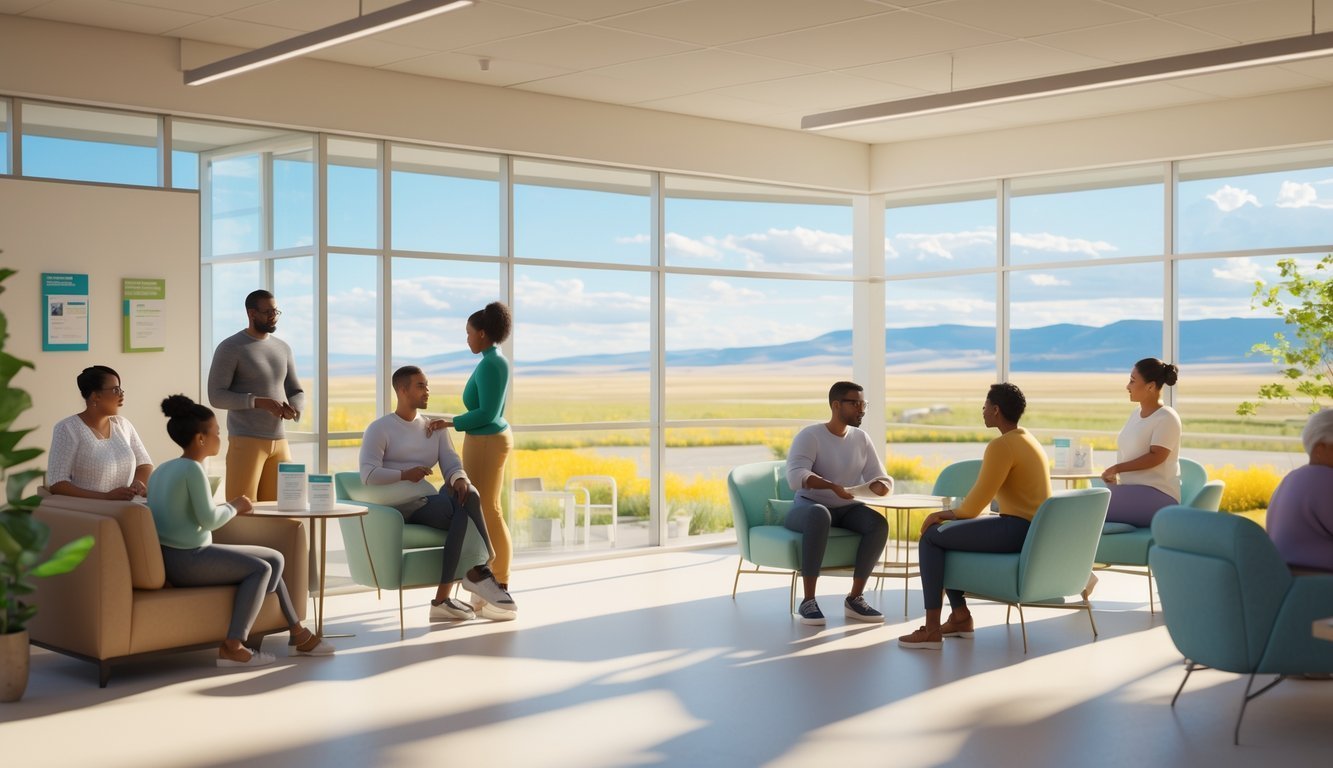
Mental health problems often go hand in hand with substance use disorders. South Dakota has services that treat both together through special programs and recovery support.
Integrated behavioral health care brings mental health services and primary care together. This helps if you’re dealing with both mental health and substance use issues.
Co-occurring disorders mean you have mental health issues like depression or anxiety along with substance use. These conditions often make each other worse and need to be treated at the same time.
Primary care providers can check for both mental health and substance use problems during regular visits. They team up with behavioral health specialists to make a plan that covers all your needs.
Some common co-occurring disorders:
Treatment teams often include doctors, therapists, and peer support specialists. This team approach helps you get steady care for everything you’re facing.
Recovery services help you move past addiction and stay sober. These programs use proven treatments for substance use disorders.
Treatment options:
Many programs use a harm reduction approach, meeting you where you are instead of expecting instant change. They focus on reducing risks and harm, not just stopping use right away.
Recovery services often involve family counseling to help heal relationships. Support groups connect you with others who get what you’re going through.
Recovery support might include:
Long-term recovery takes ongoing support. Many programs have alumni groups and continuing care to help you avoid relapse.
Prevention programs try to stop substance use problems before they start or catch them early. These services focus on high-risk situations and groups.
Early intervention spots substance use issues in the beginning stages. Acting quickly can keep things from getting worse and may mean you need less treatment.
Prevention strategies:
Schools, workplaces, and community groups often run these programs. They show you how to spot warning signs in yourself or others.
Early intervention might include short counseling, motivational talks, or referrals to treatment. The goal is to step in early before things get out of hand.
Prevention programs look at risk factors like:
Prevention resources also help build protective factors, like strong family ties, community support, and healthy habits.
Getting free mental health care in South Dakota means knowing what steps to take and meeting some requirements. Most programs help people without insurance or those with low incomes, but crisis support through 988 is open to everyone right away.
Start by reaching out to your local community mental health center. Every county in South Dakota has centers that offer free or sliding-scale care.
Call the center to set up an intake appointment. At this meeting, staff will ask about your needs and figure out what services fit you.
Bring these documents:
Some centers can see you the same day if it’s urgent. Others might have a waitlist for a few weeks.
You can also check out community mental health centers that help people who can’t use traditional services. Case managers there can connect you with more resources.
Most free programs ask that you live in South Dakota. You’ll need to prove residency with something like a utility bill or lease.
Income limits change by program, but many follow federal poverty guidelines. For a family of four, the limit is usually less than $31,200 a year.
Common requirements:
Undocumented residents can still get crisis and emergency care. Most centers don’t check immigration status for basic mental health help.
If you’re a student, campus mental health resources are available to help with personal crises and other support.
The 988 Suicide & Crisis Lifeline runs 24/7. You can call, text, or chat online for quick help during a mental health crisis.
Helpful numbers:
Crisis counselors answer quickly and offer support. They can also connect you to local resources in South Dakota.
988 is open to everyone, no matter your insurance or ability to pay. Calls are confidential and you don’t have to share personal details.
Texting works just like calling. Send a message to 988 and a counselor will get back to you soon.
Emergency situations need quick action. If someone might hurt themselves or others right now, call 911.
Head to the nearest emergency room for serious mental health crises. Every hospital will give you a psychiatric evaluation, even if you can’t pay.
Non-emergency options look a little different. You can set up regular therapy appointments. Community mental health centers offer counseling and help with medication.
Mobile crisis teams can actually come to you if things feel urgent but not life-threatening. They work to calm things down so you might not need to go to the hospital.
When to use each option:
A lot of behavioral health programs can help you find services. Care navigators are out there to help you connect with mental health support that fits your needs.